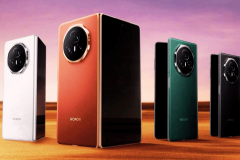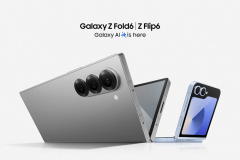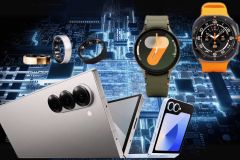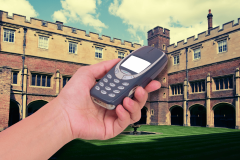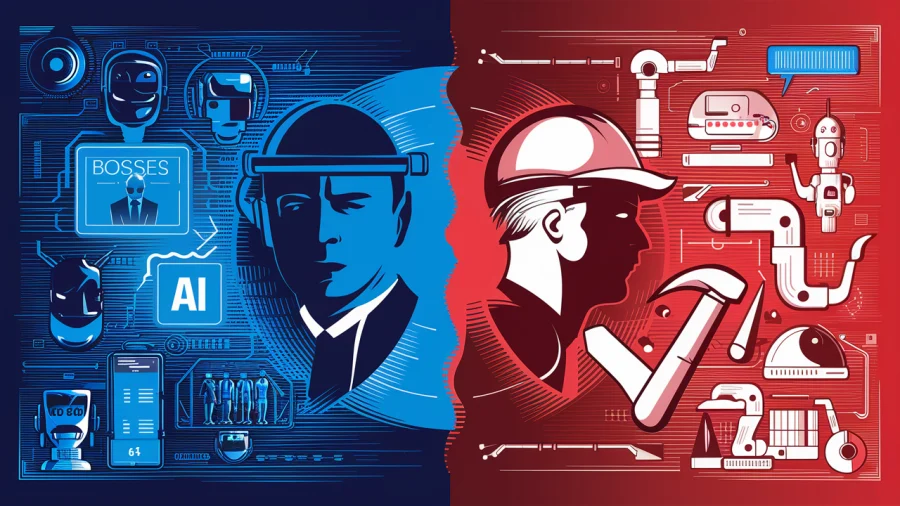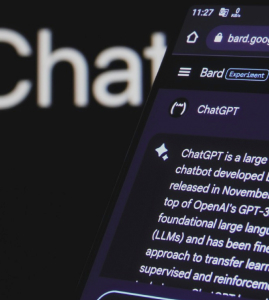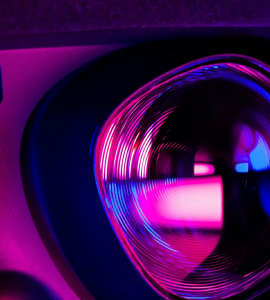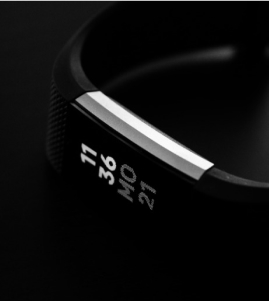Adam Greenfield was the author of what is still my favorite book about the Internet of Things, Everyware (first published in 2006). Greenfield is now walking the talk with a IoT business called Urbanscale. I’ve been following its progress, via Greenfield’s weekly newsletter on the Urbanscale blog.
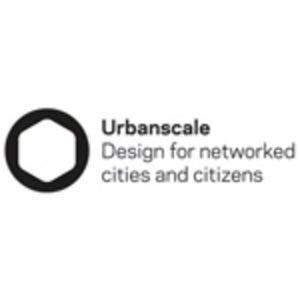
One of Urbanscale’s projects is developing an iOS application called Transitflow. It’s in the design phases currently, with the goal of being a real-time transport notification and timetable app. It’s fascinating to watch this app unfold, piece by piece. It’s also an indicator of where the Internet of Things is heading.
In Week 29 of Greenfield’s notes, he introduced us to Transitflow. It’s a part of something called Project LAFAYETTE, described as “both the guts of a standalone iOS application called Transitflow we aim to launch later on this year, and the beginnings of the framework that will furnish Urbanflow with its transmobility functionality.”
Transitflow will be an iPhone app that helps you plan your travel in real-time. According to Greenfield, the aim is “to take a step beyond generic journey-planning and timetable apps, and offer people something that will reduce or eliminate the kind of experiential hassles the current generation of interactive services does very little to address.”
See also:
- Everyware: Interview with Adam Greenfield, Part 1
- Why The iPad May Save The Internet Fridge (part 2 of the interview)
- Are Modern Web Apps Killjoys? (part 3)
It will do this by notifying you of relevant data at various points throughout your journey; for example telling you when to leave your home to catch a train and then, during the journey, advising you in real-time how long it will take to get to your destination.
I could’ve used this very app last Saturday, when I took a bus into the city to attend a friend’s party. I’d checked the transit authority’s website beforehand to plan my trip, then left at what I thought was the right time to arrive at the bus stop a couple of minutes before the bus. Guess what: the bus I’d planned on getting never arrived. I checked the transit authority’s website on my iPhone – struggling with the site’s not entirely mobile friendly interface – but found no real-time data. A bus eventually showed up about 20 minutes later, but the point is I had no idea what happened to the first one or when (or if) another one would arrive.
Chicago will apparently be the first city to get Transitflow. Sadly it will probably take a while for the app to arrive in my country, but even so I’m excited by the functionality it promises.
In his latest weekly missive, Week 34, Greenfield elaborated on the design philosophy of Transitflow:
“The philosophy that’s emerging is straightforward and often-articulated, but seemingly surprisingly difficult for many design organizations to enact: Transitflow should strive, in all things, to provide users with exactly as much information as is actionable and relevant at a given point in space and time, no more and no less.
In practice, this means a map that’s automatically adjusted based on the density of transit options in a given area, so there’s no need to zoom and scroll it. It means providing enough information about what’s happening at the stops and stations it depicts that, once one is selected, users will rarely find themselves hitting a “back” button to look at other options. And it means that if all goes well, once a user is notified that it’s time to head out to catch a bus or train, he or she won’t have to interact with the application again on that trip.”
I look forward to tracking the progress of Transitflow, thanks Adam for keeping us all in the loop!

